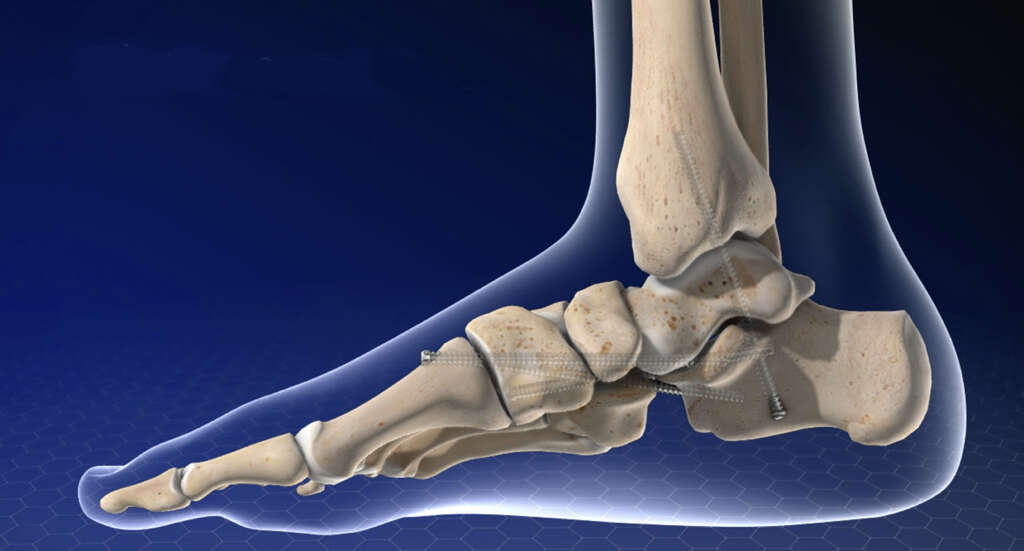What Is Charcot Foot?
 Article Sources
Article Sources
- 1. Kaynak, Gökhan et al. “An overview of the Charcot foot pathophysiology.” Diabetic Foot and Ankle vol. 4 (2013): 10.3402/dfa.v4i0.21117.
- 2. Roberts, Lee C. et al. “The Charcot Foot in Diabetes.” Diabetes Care, vol. 34(9) (2011): 2123-2129.https://doi.org/10.2337/dc11-0844
- 3. Shah, Mrugeshkumar et al. “Charcot Arthropathy.” Medscape Drugs and Diseases (2020): https://emedicine.medscape.com/article/1234293-overview
2. Anatomical Classification
Charcot foot is so-named because it most often affects the foot and ankle. Specifically, it is most likely to occur in the tarsometatarsal joint and the cuneonavicular, talonavicular, and calcaneocuboid articulations. However, it can develop in any joint.3Shah, Mrugeshkumar et al. “Charcot Arthropathy.” Medscape Drugs and Diseases (2020): https://emedicine.medscape.com/article/1234293-overview
At least three classification systems exist to describe the pattern of incidence in the body of Charcot syndrome and to classify its severity. Most doctors refer to the Saunders and Mrdjencovich system of five foot and ankle regions to both describe the condition and predict its progression.3Shah, Mrugeshkumar et al. “Charcot Arthropathy.” Medscape Drugs and Diseases (2020): https://emedicine.medscape.com/article/1234293-overview
Advertisement









